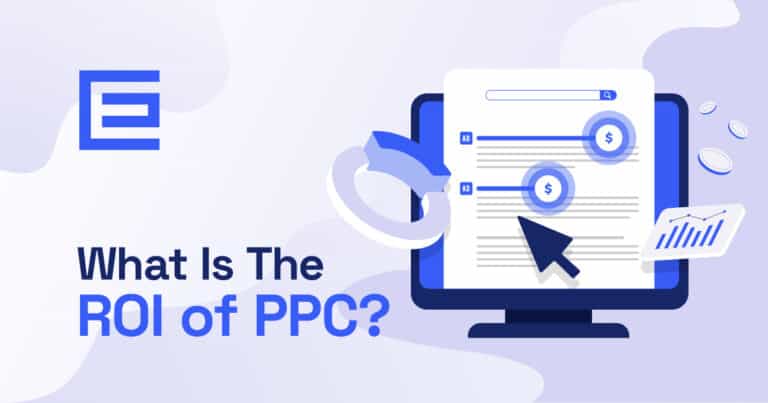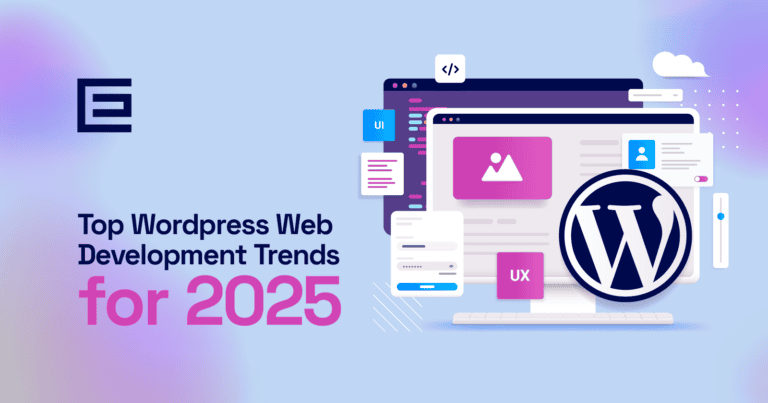Are You Looking to Ramp Up Your Pay-Per-Click Campaigns?
In an increasingly competitive world, you want to make sure you’re getting the most out of your ad budget. But with new Pay-Per-Click (PPC) trends emerging all the time, it can be hard to know which ones are worth paying attention to.
Not sure where to start? Read on for 17 trending PPC strategies you should use in 2025 and beyond.
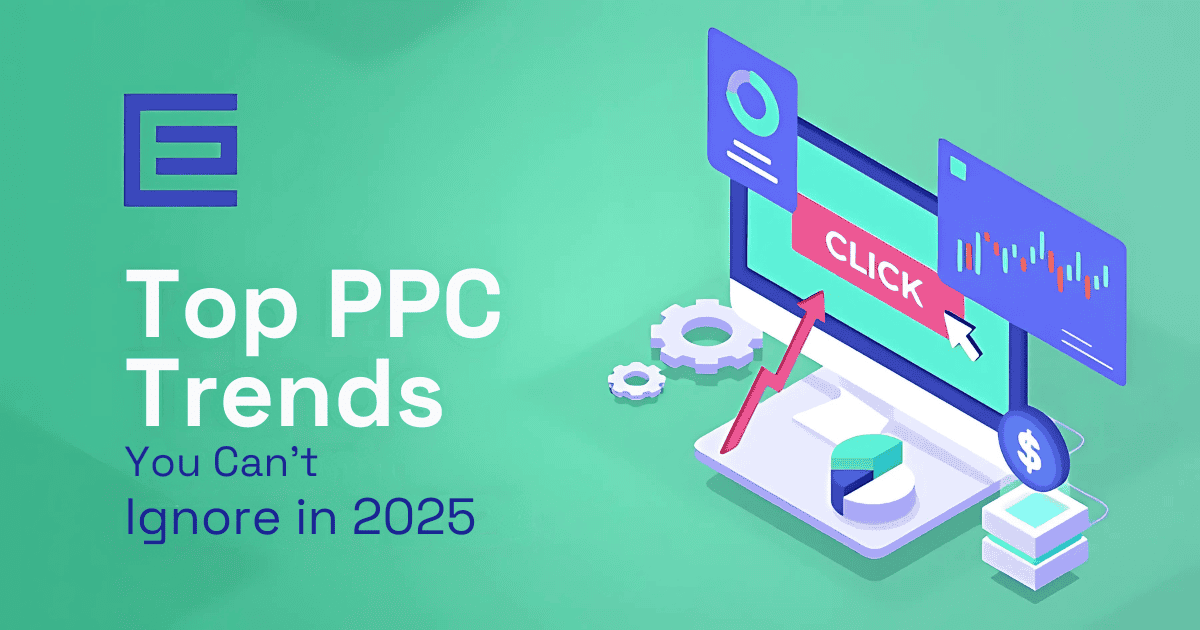
- 1PPC Automation
- 2Google Search Ruled a Monopoly
- 3What is Target CPA and ROAS?
- 4Linked In and Bing Ad Platform Improvements
- 5Creatives Make or Break a Social Campaign
- 6Enhanced Conversions in Google Ads
- 7Top of the Funnel is Essential
- 8Take Google’s “Recommendations” with a Grain of Budget
- 9Voice Search Ads
- 10Visual Search Ads
- 11Collaborative Filtering
- 12Remarketing Ads
- 13SEO and PPC Integration
- 14Bing Ads
- 15YouTube Masthead Ads
- 16Smart Segmentation and Google AdMob
- 17Use Enhanced Measurement to Improve Conversions
1. PPC Automation
PPC automation continues to transform how businesses manage and optimize their ad campaigns, with advancements in AI making these tools more sophisticated than ever. Platforms like Google Ads and Microsoft Advertising have introduced enhanced machine learning capabilities, offering features such as predictive audience targeting, dynamic ad creation, and real-time bidding optimizations.
To capitalize on the latest automation trends, businesses should prioritize feeding the algorithms with high-quality data. Accurate conversion tracking, compelling ad copy, and well-defined audience segmentation remain crucial. In 2025, leveraging first-party data will become even more essential as privacy regulations reshape the digital advertising landscape.
While PPC automation can handle many repetitive tasks, such as bid adjustments and performance monitoring, it’s vital to maintain strategic oversight. Regularly reviewing campaign settings and performance ensures the AI aligns with your specific goals and prevents costly missteps. By combining human expertise with cutting-edge automation, businesses can unlock both efficiency and scalability while staying competitive in the ever-evolving PPC ecosystem.
2. Google Search Ruled a Monopoly
In August 2024, a U.S. federal judge ruled that Google maintains an illegal monopoly in the online search market, a decision with significant implications for the marketing industry.
This ruling may lead to increased regulatory scrutiny and potential structural changes within Google, such as the divestiture of certain business units.
For marketers, this could result in a more diversified digital advertising landscape, offering opportunities to explore alternative platforms and strategies. As a business owner, this may mean that you can’t put all you eggs in the Google basket when it comes to paid advertising and SEO. You may need to begin exploring new platforms like Bing, Apple, Duck Duck Go and other search engines.
Marketers should closely monitor developments and be prepared to adapt their strategies to navigate the evolving digital advertising environment effectively.
3. What is Target CPA and ROAS?
Manual bidding has become a relic of the past! As we move into 2025, smart bidding has become more powerful, and strategies utilizing it are more prevalent.
Smart Bidding is a machine learning-controlled automated bidding system. It uses machine learning to optimize conversions and conversion values in auctions. Some examples include Enhanced Cost-Per-Click (CPC), Target Cost-Per-Acquisition (CPA), and Target Return on Advertising Spend (ROAS).
Every business is different, but for many small businesses, Maximize Conversions with Target CPA would likely be the best fit for a bidding strategy.
According to Google, Target CPA is an automated bid strategy that sets bids for you to get as many conversions or customer actions as possible. When you select the Target CPA (cost-per-action) bid strategy, you set your desired average cost per conversion. Google Ads uses your Target CPA to set a bid based on the likelihood of the ad to convert. So, if you know how much a conversion (phone call, form submission, etc.) is worth, you can set that as the CPA target.
Some of you may not have hard cost-per-conversion numbers to reference, but, in concert with PPC Trends #1 and #2, AI automation comes into play. If given enough data, meaning your ad campaigns must run for a time (depending on budget and campaign success), Google’s algorithm will identify the best guess as a Target CPA. Google also recommends turning auto-apply for “Adjust CPA Targets Automatically” in your recommendations list.
4. Linked In and Bing Ad Platform Improvements
LinkedIn and Microsoft Advertising have significantly enhanced their ad platforms with innovative tools and expanded functionality.
LinkedIn introduced AI-driven campaign creation features, leveraging past performance and audience data to suggest optimized strategies. They also improved Event Ads by focusing on video content to boost engagement for live and virtual events. Additionally, LinkedIn’s platform now offers seamless integration with other tools, allowing advertisers to import data for more streamlined campaign management.
Microsoft Advertising has taken a major step forward with its new import capabilities. Advertisers can now easily import Performance Max (PMax) and other Google Ads campaigns directly into Microsoft’s platform, simplifying multi-platform campaign management. This feature reduces setup time and ensures consistent strategies across channels. Coupled with Microsoft’s AI-powered Copilot, which streamlines ad creation and improves relevance, these updates make managing campaigns more efficient than ever.
These advancements empower advertisers to optimize campaigns, enhance engagement, and manage ads seamlessly across platforms.
5. Creatives Make or Break a Social Campaign
Strong visuals, sharp copy, and clear messaging are what capture attention and drive action in social ad campaigns like Meta or LinkedIn. A great offer means nothing if your creative doesn’t stop the scroll. That’s why successful brands treat their creative assets as strategic tools—not just decoration.
But it’s not just about making something “pretty.” It’s about knowing what works and studying your market. One smart way to level up your creative is to study your competition. The Meta Ad Library lets you see what kinds of ads your competitors are running—how they position their offers, what visuals they use, and how often they’re testing new concepts. It’s a free and legal way to reverse-engineer what’s working in your niche.
Use it regularly. Keep your creative sharp, relevant, and competitive. In the end, your creative isn’t just content—it’s performance.
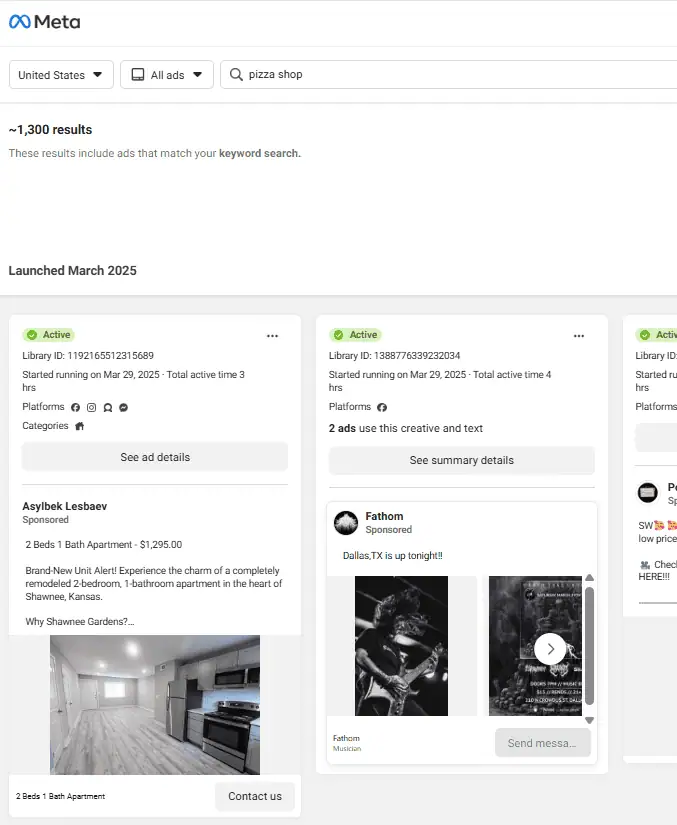
6. Enhanced Conversions in Google Ads
Enhanced conversions are becoming a key part of smarter Google Ads tracking. In short, they help you get more accurate conversion data by securely sending hashed first-party customer data—like email or phone number—back to Google when a user completes a conversion (like filling out a form). Google then matches this data with signed-in users to better track who took action, even across devices.
Why does this matter? With third-party cookies on the way out, Enhanced Conversions help fill in the gaps, giving you a clearer picture of your ad performance—and helping Google’s machine learning optimize more effectively.
Implementation is fairly straightforward. If you’re using Google Tag Manager, it involves enabling Enhanced Conversions in your conversion action settings, then configuring your tags to capture user data. Google Ads also supports implementation via the global site tag or through API if you’re more technical.
It’s a quiet upgrade—but a powerful one in a privacy-focused future.
7. Top of the Funnel is Essential
When your brand is new or relatively unknown, top-of-funnel (TOFU) paid advertising is essential. Think of it as the first handshake—it’s how you introduce yourself to potential customers who didn’t even know they were looking for you. TOFU tactics focus on awareness, not conversions (yet), but they lay the groundwork for long-term performance.
Channels like YouTube, Meta (Facebook & Instagram), and LinkedIn work well here. Use engaging video content, educational carousel ads, or even lifestyle-focused visuals to grab attention. For example, a new skincare brand might run a short video on TikTok or YouTube showing real people using their products with a message like “Not sure what’s causing your dry skin? Here’s what to try.”
The goal isn’t to sell on the first click—it’s to be remembered. With smart targeting and retargeting strategies later, those early interactions can lead to stronger conversions down the line. In short: awareness fuels performance.
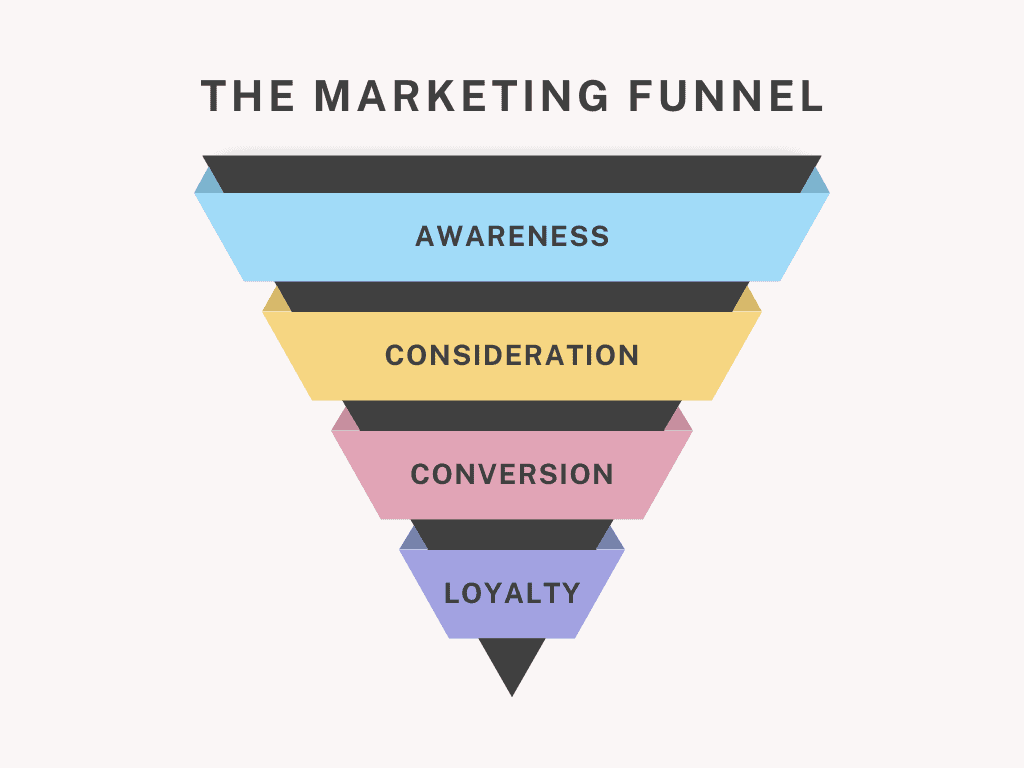
8. Take Google’s “Recommendations” with a Grain of Budget
Google Ads is packed with automated “Recommendations” promising better performance. While some suggestions can be genuinely useful—like fixing disapproved ads or improving conversion tracking—others are geared more toward Google’s bottom line than yours. Pushing broad match keywords or increasing budgets might get you more impressions, but not necessarily better results.
It’s important to understand the motivation: Google makes money when people click. Their system is designed to maximize volume—not always efficiency. That doesn’t mean you should ignore all suggestions, but you shouldn’t blindly accept them either.
Instead, treat the Recommendations tab as a starting point. Review each one critically, cross-reference with your actual campaign goals, and test changes before committing. Automation can be helpful, but human judgment still wins when it comes to strategy. In short: Google wants you to spend. Your job is to make sure you’re spending smart.
9. The Rise of Voice Search
Smart homes and personal assistant speakers such as Cortana, Siri, and Alexa have taken off in a big way.

Paid voice search advertising hasn’t yet made it to the mainstream, but due to a rise in technological changes, it’s nearly certain we will see these advancements start to emerge soon. Until then, you can get ahead with some preparation strategies.
One good strategy to get ahead of the game is to adopt a more conversational tone on your website. People are more conversational when making voice searches, so it will improve your chances of a hit. Updating FAQ pages on your website by using ‘long-tail’ keywords is another way to set yourself up for voice search success.
10. A Surge in Visual Searching
Visual search works by using a picture as the search query as opposed to text. For example, you take a picture of a vase you like and the visual search will output links to buy it. People want results faster than ever and visual search helps people get exactly what they want faster than typing in something like “blue vase with painted white flowers”.
Check out Bing’s visual search when we took a picture of a member of TheeTeam’s glasses:
We have already seen Pinterest and Instagram launch products in the visual search arena. Amazon has also shown the value of visual search by partnering with Snapchat.
To stay ahead of this trend, create a photo catalog of your products and services. Add metadata to the images to make sure they are categorized correctly by search engines. For example, a photo of a jade green vase would have alt text like, “small jade green vase.”
11. Collaborative Filtering
Collaborative filtering is a grouping system that groups users by shared tastes or preferences. If Bob has similar reactions to content as Sue, it is likely they could have other similar tastes. Filtering can be based on almost anything from age, interests, locations, and more to guide them to content that would appeal most.
You can see this when you Google something abroad. While Google will normally send you to google.com, if you are on vacation in the United Kingdom you will instead see google.co.uk. Google does this by checking your IP address when you search.
Collaborative filtering goes further, tailoring your content to your recent likes, browsing history, or trending topics. This allows websites to remain interesting, new, and relevant to individual users.
12. Remarketing
At its simplest, remarketing is tracking and displaying ads to users once they leave your site. It can be very targeted and personalized, making it a very effective marketing tactic. Showing people ads for things they’ve shopped for in the past, whether they actually made a purchase, tends to result in higher conversions.
Remarketing is about keeping your brand in people’s minds. Things have moved on from trying to appeal to people who are not ready to buy. The focus should be on finding out where your potential customers are in the buying cycle. Then create personalized, targeted ads that will help them decide to convert.
13. SEO and PPC Integration
PPC and search engine optimization go hand in hand. You’ll see better results when you integrate your SEO and PPC campaigns. This is a universal fact that will continue to be true in 2024 and beyond.A good way to sync up your PPC and SEO is to analyze your top-performing ad copy. Create your content and blog posts based on that copy to boost your ranking.
You can use long-tail terms not only to boost your rankings but also in paid search bidding strategies. SEO and PPC integration allow you to target competitor’s keywords by looking at the PPC Auctions Insights Reports and more.
14. Bing, The Little Search Engine That Could
Bing is back! With its revitalized focus on ad inventory, data, and audience targeting capability, Bing has become a sleeping giant. Recently, Bing Ads rebranded itself as Microsoft Advertising. The latest numbers, as of September 2019, show that 1.3 billion people use Bing worldwide each month. In 2025, ignoring Bing could cost you money.
15. YouTube Masthead on TV Screens
YouTube racks up more than 250 million hours of watch time per day on TV, making it the fastest-growing screen for YouTube. The YouTube Masthead is a digital billboard placed on YouTube’s homepage for 24 hours, on TV screens. This allows advertisers to reach a wider audience. The Masthead will autoplay after a few seconds on all compatible devices.
16. Smart Segmentation and Google AdMob
Mobile apps are expected to generate up to $935 billion by 2024 via paid downloads and in-app advertising. Smart segmentation was launched in 2019 and allows gaming app developers to generate revenue from non-spending players. It uses machine learning to segment users based on the likelihood of them spending money within the app.
17. Use Enhanced Measurement to Improve Conversions
Google is on a constant grind to identify more information about the audiences that you want to promote to. Now that Google Analytics 4 has been launched, Google has launched a suite of improvements to Google Ads measurement that can help with that.
Using enhanced conversions is a way to improve accuracy in your conversion data by combining data from your website analytics with advertising data of signed-in Google accounts. Using this feature can greatly enhance Google’s ability to showcase your advertising to the right audience at the right time while reducing spam and increasing budget efficiency.
PPC Marketing Strategies for a New Decade
PPC strategies are constantly evolving. If you want to stay competitive, your marketing strategies need to evolve, too.
Make sure you are always at the forefront of new technologies and best practices. Just because something worked for you last year doesn’t mean it will have as good results in the next.
Like this post? Check out our top digital marketing trends to get your business ready for 2025!
Wondering which PPC strategy is right for your business? Request a free PPC audit from our team to find out. Call +1 919-341-8901 or send us a message here.
Tags: Digital Marketing • Google • Paid Search Marketing


